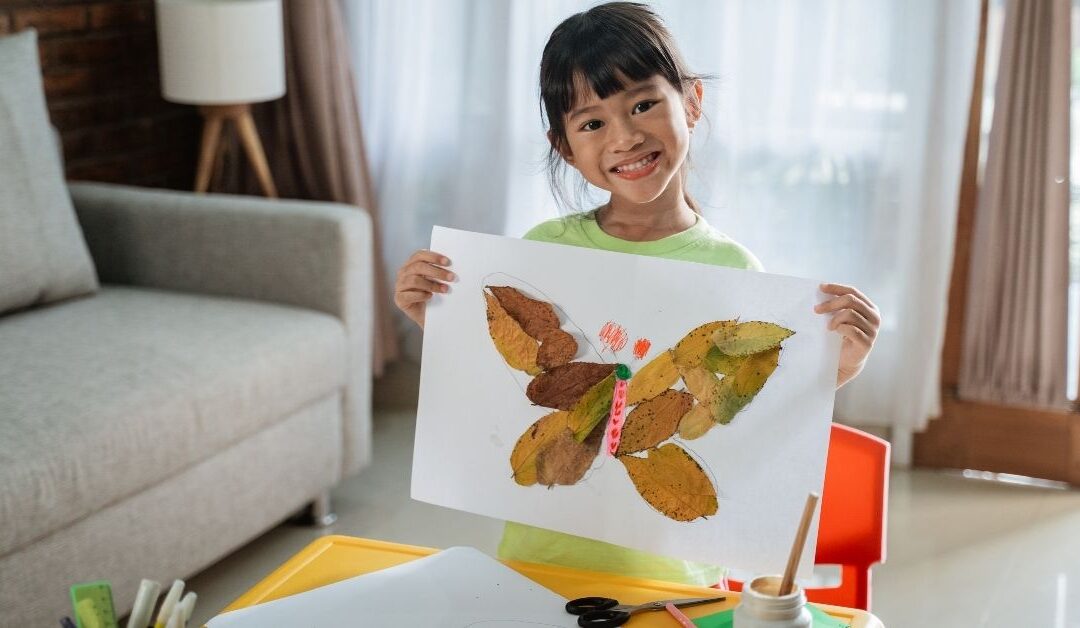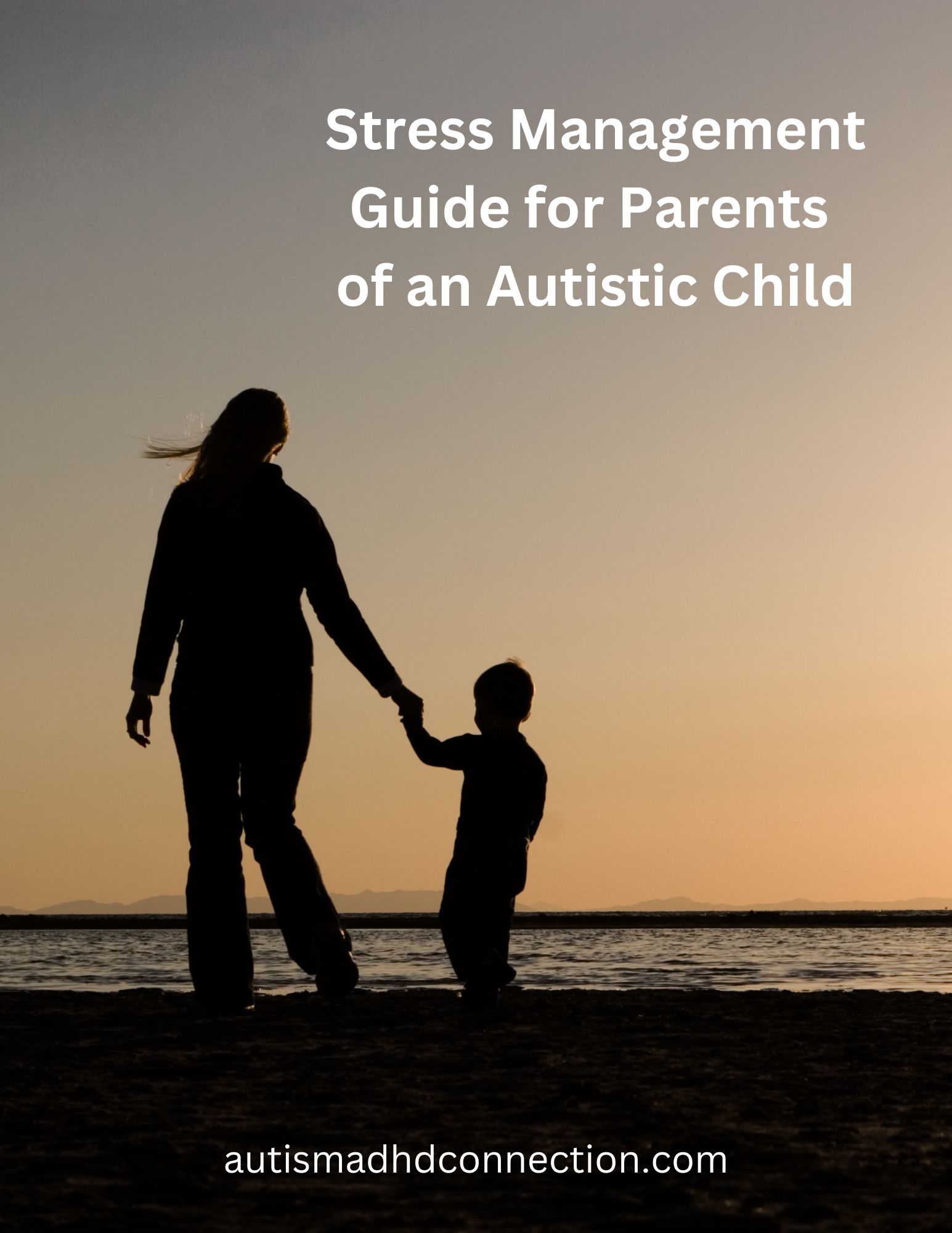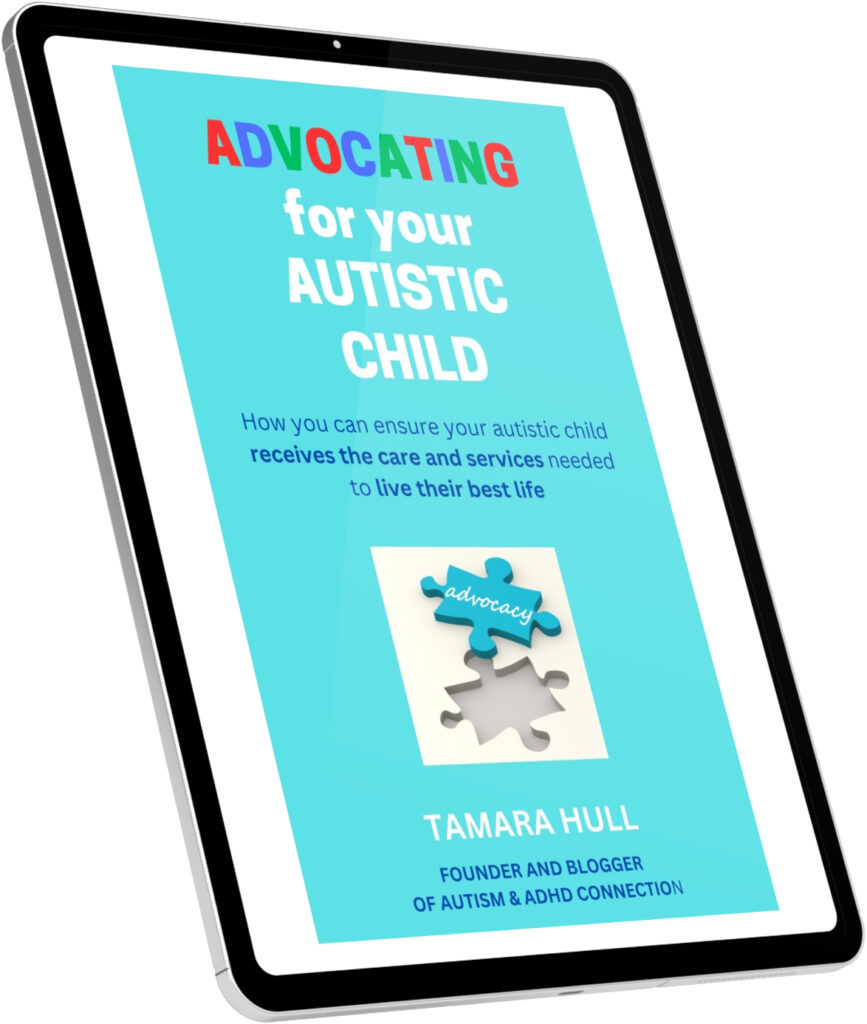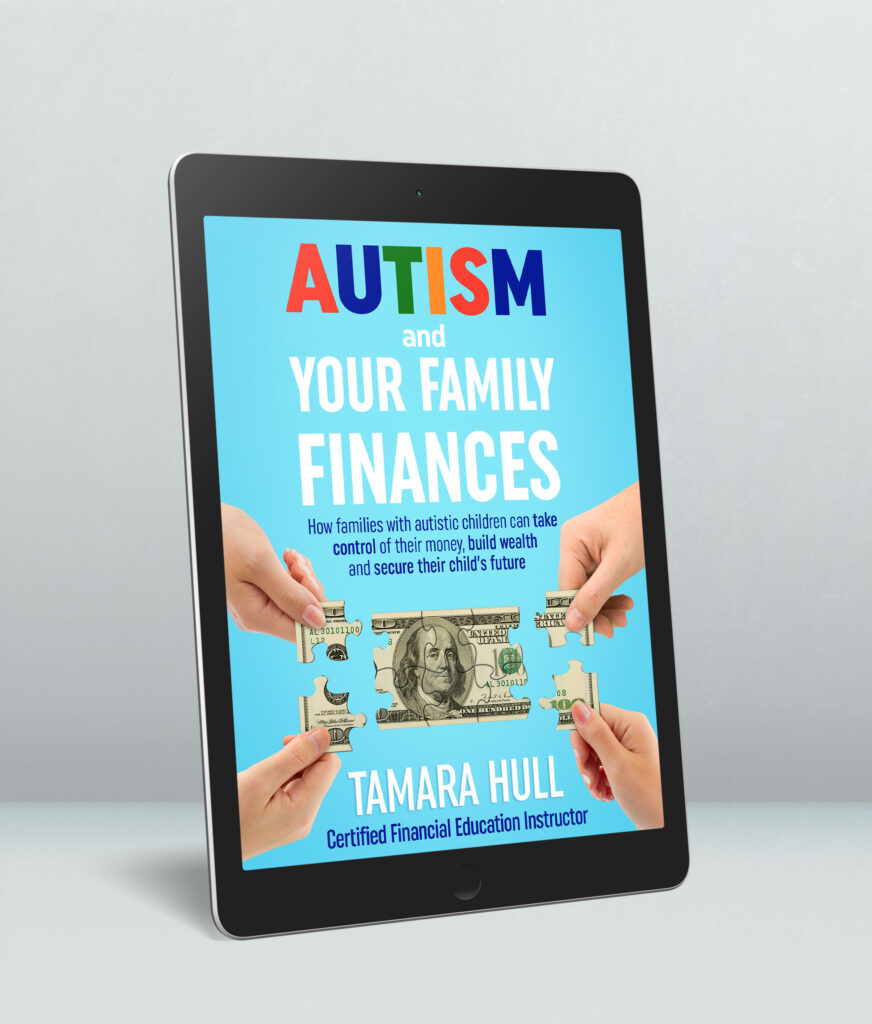Many children with autism and ADHD have difficulty communicating as well as expressing and understanding emotions. Art offers a way for many people to express how they feel. That is true for children with autism and ADHD. So how can art, and specifically art therapy, help your child with autism and ADHD?
Connection between art and people with autism
Most autistic people are visual thinkers and learners. That is why visual schedules can help our children better understand what to expect of their day. Visual teaching tools help many learn better at school.
In fact, Dr. Temple Grandin wrote in her book, “Thinking in Pictures: My Life with Autism,” (affiliate link) about how she thinks in pictures instead of words. Dr. Temple Grandin is a professor of animal science at Colorado State University. She is well-known for sharing her experiences as an autistic person and advocate for those with autism.
It is no surprise that art can be a key outlet for autistic people to express themselves and process their emotions.
When my son J was younger, art was a big part of his activities. He loved to draw and would create his own characters and comic books. At the time, he was fascinated with the “Captain Underpants” book series (affiliate link), so he tried to emulate that style in his drawings and own comics. He would spend hours creating images and developing story lines. Many times, he was happiest when creating these projects, and he was very good at it too.
What is art therapy?

So how is art therapy different than general art classes? Art classes teach art-specific techniques and skills to students. Art therapy focuses on using to art to help autistic people access their emotions, learn how to process the world around them and even help develop life skills.
The American Art Therapy Association notes on their website that “art therapy is an integrative mental health and human services profession that enriches the lives of individuals, families, and communities through active art-making, creative process, applied psychological theory, and human experience within a psychotherapeutic relationship. Art therapy, facilitated by a professional art therapist, effectively supports personal and relational treatment goals as well as community concerns. Art therapy is used to improve cognitive and sensorimotor functions, foster self-esteem and self-awareness, cultivate emotional resilience, promote insight, enhance social skills, reduce and resolve conflicts and distress, and advance societal and ecological change.”
How does art therapy help children with autism and ADHD?
So how can art therapy benefit children with autism and ADHD? Here are just 10 of the ways it could help your child.
1. Shares ideas through pictures – Art therapy encourages autistic children to share their ideas through images they create.
2. Express feelings through artwork – Children with autism sometimes have a difficult time identifying and expressing their feelings, however, art therapy can help them express what they are feeling through pictures.
3. Better response to facial expressions – Parents of autistic children have noted that their children respond better to facial expressions after art therapy.
4. Improves imagination – Scribbling, painting and even doodling can help unleash imaginative thoughts and improve imagination in autistic children overall.
5. Develops fine motor skills – Working with pencils, crayons and paint brushes along with manipulating paper and other materials with their fingers help autistic/ADHD children further develop their fine motor skills.
6. Manage sensory issues – Art therapy can help children with autism improve their sensory issues, such as handling sticky materials and desensitizing other textile sensitivities.
7. Encourage social skills – Art brings people together, and it opens up people – including children – to communicate. Some art therapy is done as group sessions, which can further enhance social skills learning in children with autism and ADHD.
8. Reduce off-task behaviors – Art therapy helps improve focus and attention, helping to reduce off-task behaviors.
9. Feel more accepted by peers – Art can help autistic children connect with others, helping them to feel more accepted by their peers.
10. Decrease stress and anxiety – Art therapy can help autistic/ADHD children feel calmer, thereby decreasing their levels of stress and anxiety.
How can I find an art therapist?
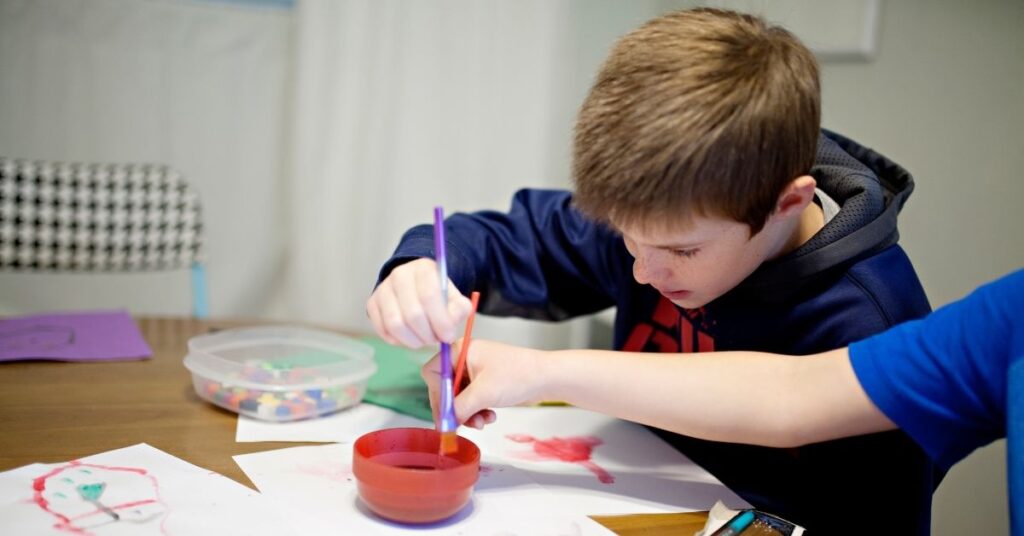
Art therapists are health care professionals who are trained in both art and therapy. They must have a master’s degree in art therapy or related field, and they can be credentialed through the Art Therapy Credentials Board.
If you are interested in learning more about art therapy and want to find an art therapist near you, check at the American Art Therapy Associations’ therapist locator.
Has your child with autism tried art therapy? What was your experience? Leave a comment to share and encourage other parents on this journey.

